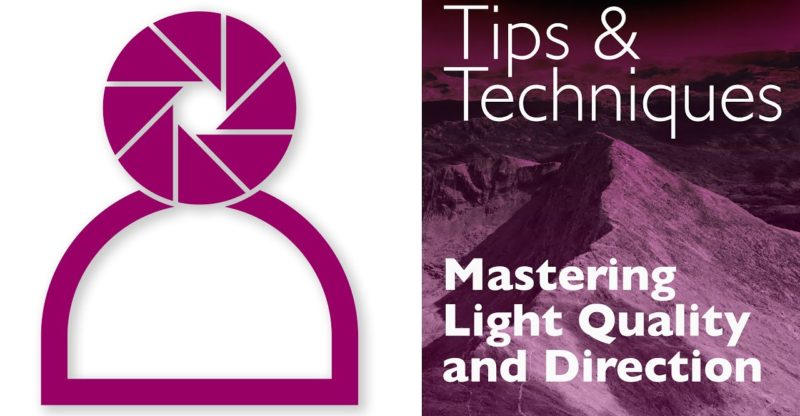Photography Tips and Techniques: Mastering Light Quality and Direction.
[Music] hello and welcome to this tips and techniques video from Master your Photography in this series we've carefully crafted a collection of short videos designed to provide you with key points on specific topics without any of the unnecessary waffle our goal is to give you practical information that you can immediately apply to your own photography we understand that your time is precious so we've condensed each video to deliver concise actionable information with our tips and techniques series you'll gain the knowledge and the confidence to improve your Photography in no time at all so that's probably enough waffle let's get started this video is all about the importance of the quality and direction of light in your photography remember light has many aspects to it and when we talk about light quality we're talking about things such as how harsh the light is how crisp the Shadows are that are created by that light and how warm it is how golden at midday the sunlight is a lot brighter and whiter in color than at Sunrise or Sunset where you can actually get much more Golden Light um and with no cloud diffusion the Shadows can be really really crisp which can work really really well if there's some clouds in the sky then what they tend to do is diffuse the light and make it much much softer which can be really flattering um if you're doing portraits or something like that so you haven't got people squinting looking into the Sun so let's look at some examples of light quality at different times of day we look at Sunrise before the light the sun actually um pops its head above the Horizon then the light can be really soft and golden but then as it rises above the Horizon that light becomes crisper and in many ways harsher but it reveals a lot of texture a lot of detail in that way and when we get to midday then the sun is very high in the sky and the Shadows are really really deep with some Cloud diffusion the light becomes incredibly soft and an almost shadow which can be really really flattering now let's look at the direction of the light the traditional way of taking photos is to have the sun directly behind the camera illuminating your subject and while that can work really really well it can make it difficult for your subject if they're staring straight into the sun it's not too bad on a a cloudy day where the light is softer and diffused but it can make your subject squint a little bit so it's not always the best way way to take a photo at midday the sun is almost directly above us in the sky and it creates these lovely deep crisp Shadows that can work really well with some subjects you have to be careful if you're doing portraits because it's not always the most flattering light you can end it with really Deep Shadows in the eye sockets and under the chin Etc we can get around this by using reflectors and bouncing some light back into those dark areas um but but it is good for creating mood if you if you actually want those really deep crisp Shadows but just be aware of the fact that it's not always the most flattering light for what we would class as portraits if we position the Sun or light source it doesn't have to be the Sun but the light source is behind our subject then that's backlighting now this can be really really nice and create this lovely glow around your subject or it could actually create create a silhouette and that sometimes happens unintentionally if you're not careful with your exposure it's a good idea to use spot metering on your subject if you want to be actually seen detail in your subject if you're going for a silhouette effect then that's fine just take your meter reading directly from the light source if we position our camera and subject such that the light is coming from the side it's hitting our subject from the side left or right doesn't matter which then that can be really really good at adding texture so it can be used creatively for people shots really nice for character studies and it also works really really well for Landscapes because it Reveals All The Contours within the land so let's look at some examples of different light Direction first of all flat or front lighting with lots of cloud diffusion and it creates a lovely even illumination the colors look vibrant and shadowless now at midday we've got this top light in we got some really Deep Shadows but you know the exposure is been balanced quite well so it works and here we have backlighting so careful exposure has meant that we can still see detail in our subject but we get this lovely glow as sidelighting as I mentioned earlier is really useful for character studies because it reveals the detail in the face and it works equally as well for Landscapes so next time you're out and about with your camera think about the quality of the light that's hitting your subject and think about the direction or two thank you for tuning in to master your photography tips and techniques series we hope you found this video useful and practical remember each photo you take is a stepping stone towards becoming a better photographer so get out there and capture the world in your own unique way until next time happy [Music] shooting














